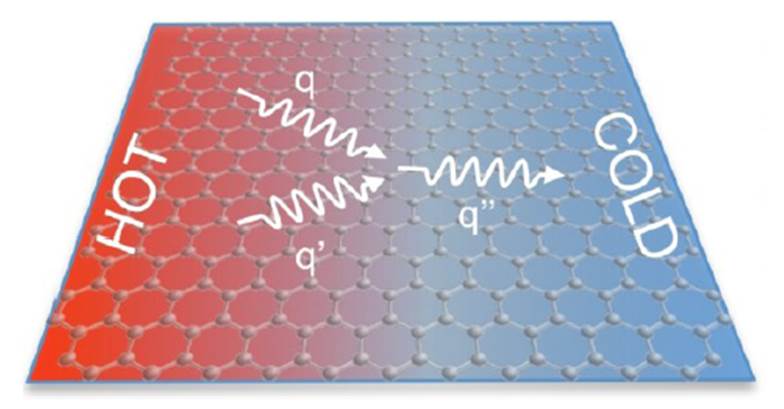Scientific report on the “Advanced thermoelectrics at nanoscale: from materials to devices” workshop.
Paris, France
July 7th – July 10th 2015
View the full report here.
Thermoelectric nanomaterials, whose combination of thermal, electrical, and semiconducting properties allows them to convert heat into electricity, are expected to play an increasingly important role in meeting the energy challenge of the future. Major advances in this field strongly depend on our fundamental understanding of heat and charge carrier transport and on the ability of finding new strategies to design and fabricate high efficiency thermoelectric devices and circuits. Despite of the substantial advances in the description of thermal and electronic dynamics in bulk materials, the extension of transport bulk theory to nanostructures, is still under development. One of the main problems in modeling the nanostructures for thermoelectrics is the fact that they usually have complex compositions and structures. To these complex structures, usually, several external elements are added to improve either the thermoelectric properties and to become functional elements of devices and circuits. The final material is hence a quite complex object whose phononic and electronic structure is unknown.
Recently it is starting to be a widespread belief among the research community that more accurate theories and approaches are needed. In particular first-principles calculations (i.e. accurate simulations free of adjustable parameters like Density Functional Theory and Density Functional Perturbation Theory) have started to be considered the most reliable way of computing phonons and electrons related quantities in a material. Usually these kinds of simulations are combined with quantum (i.e. Non equilibrium Green’s Functions), semi-classical (i.e. Boltzmann Transport Theory) or classical (i.e. Molecular Dynamics) approaches in order to get electronic and thermal conductance and to take into account specific effects (i.e. when different types of scattering or bigger systems have to be considered). Very recently also the coupling of the above-mentioned methods with macroscale approaches (e.g. compact models) has emerged a promising way to reproduce devices and circuit characteristics through modeling. In all these hierarchical multiscale strategies one carries out the computational simulation at one scale and extracts such quantities that can be used to define the parameters of the model operative on the adjoining (usually larger) scale.
Read the full workshop report here.

